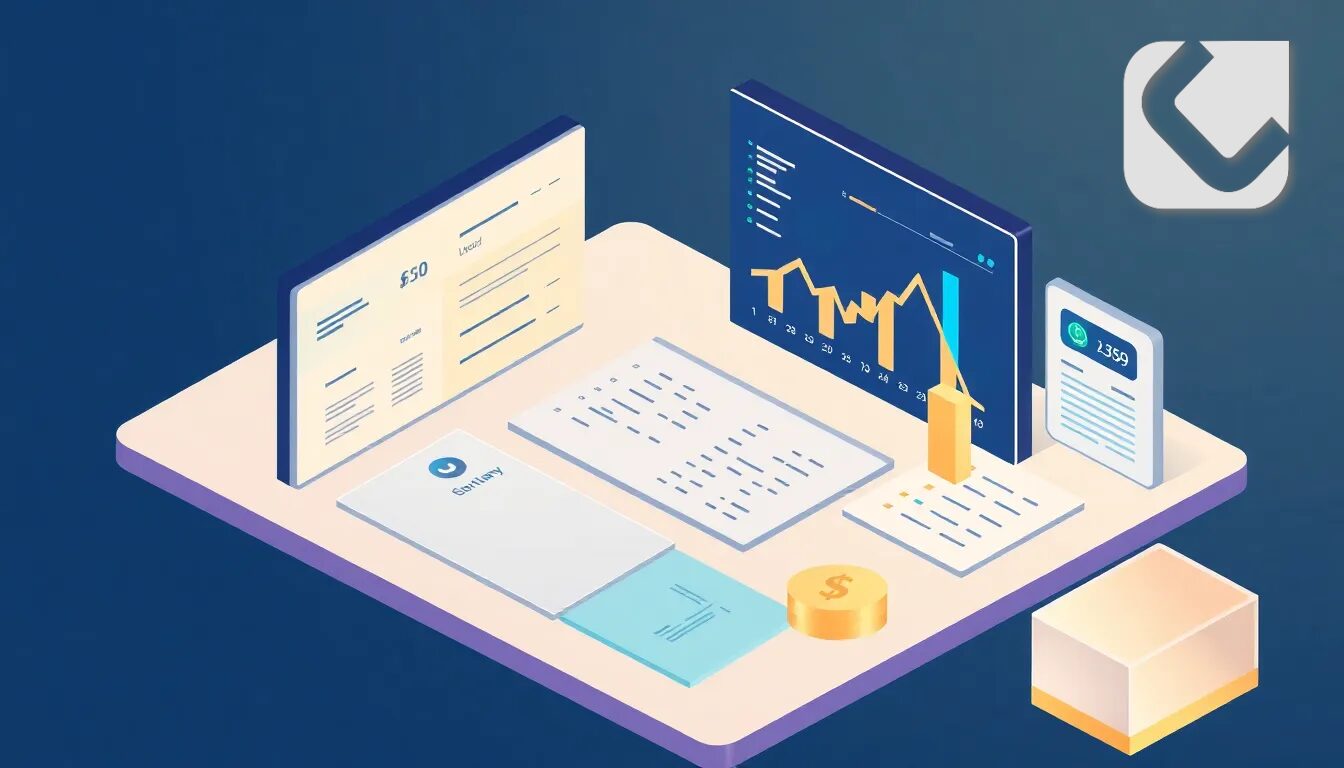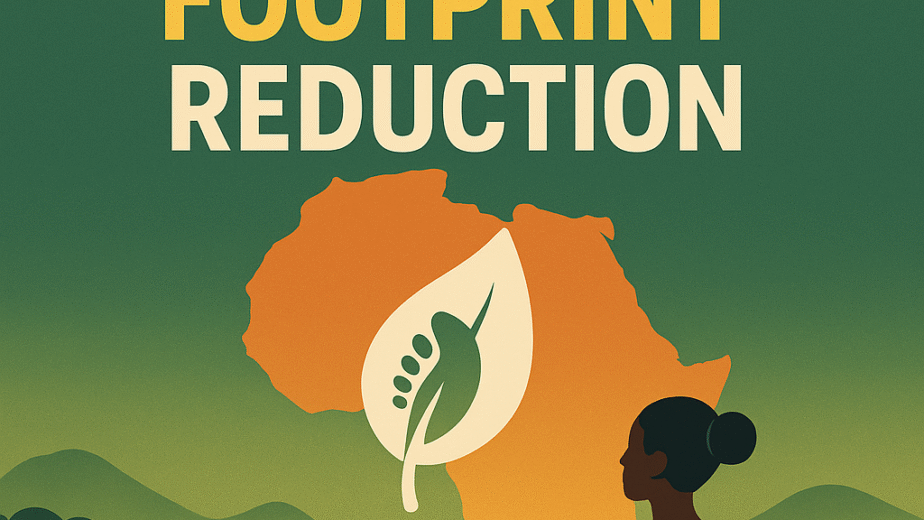From Open Banking to Open Finance: Why 2025 Is the Turning Point for Global Financial Data Access

From Open Banking to Open Finance: Why 2025 Is the Turning Point for Global Financial Data Access
Imagine you’re a mid-sized African wealth manager trying to onboard a new European client. You ask for bank statements, investment portfolios, digital asset holdings, and—just like that—the process grinds to a halt. Weeks of back-and-forth, privacy waivers, fragmented data, and clunky APIs become your new normal. Sound familiar?
Now imagine a world where all that friction vanishes. Account aggregation, permissioned data sharing, real-time identity verification, and cross-border financial insights—all powered through secure APIs and fueled by customer consent. That’s not just Open Banking. That’s Open Finance. And it’s not coming. It’s already here.
Today, Open Finance is reshaping the regulatory and technological foundations of how financial services operate—not just in the EU or UK, but across Africa, the Middle East, and Asia. If Open Banking was the disruptor, Open Finance is the great unifier. And 2025 is fast becoming ground zero for this revolution.
Open Banking vs Open Finance: What’s the Real Difference?
Before we dive into the weeds of implementation and compliance, let’s clear up the fog: What is Open Banking Expansion to Open Finance?
Open Banking mandates banks to share customer account data with third-party providers (TPPs), given explicit consent. The scope? Mostly current accounts, payment initiation, and limited identity verification.
Open Finance, by contrast, takes a broader view. It allows regulated providers to access a wider array of financial data—investments, mortgages, pensions, insurance, crypto wallets, and more. It’s about interconnected financial ecosystems, not just bank accounts.
In practical terms, this shift means moving from “sharing what’s in your wallet” to “sharing everything you own.” And the implications for compliance, payments, and customer experience are massive.
The Expansion in Action
- UK’s FCA has launched its Smart Data initiative, laying regulatory groundwork for Open Finance as early as Q1 2026.
- EU’s PSD3 and FIDA (Financial Data Access Framework), currently under legislative scrutiny, aim to broaden financial data access across all regulated entities.
- Nigeria, Kenya, and South Africa are piloting frameworks that leapfrog past Open Banking directly into Open Finance, tied to digital ID and mobile money platforms.
How Does Open Banking Expansion to Open Finance Work?
In short, Open Finance hinges on three pillars: standardized APIs, customer consent, and a regulated third-party access model. But don’t mistake simplicity for ease—this is a complex choreography of governance, security, and interoperability.
Let’s break it down:
- Customer Consent: At the heart of Open Finance is customer empowerment. Users must approve every data access request, building trust while complying with GDPR and local equivalents.
- API Infrastructure: Banks, insurers, and investment firms must expose secure APIs to accredited fintechs. The goal? Real-time data exchange with latency under 200 milliseconds.
- TPP Accreditation: Third parties seeking access must become licensed data recipients under frameworks like the UK’s Open Banking Directory or the EU’s forthcoming FIDA Registry.
So when asking, “How does Open Banking Expansion to Open Finance work?”—remember, it’s less plug-and-play and more like wiring a complex financial nervous system.
Open Finance Benefits: What’s In It for Africa-Europe Financial Corridors?
For cross-border platforms like PAA CAPITAL, which bridges Africa and Europe with regulated payments and digital escrow, the expansion to Open Finance is not just an upgrade—it’s a game-changer.
Key Open Banking Expansion to Open Finance Benefits
- Faster Onboarding: With access to verified customer data across multiple jurisdictions, KYC checks become near-instant, improving conversion rates by up to 40%.
- Smarter FX and Risk Management: Real-time visibility into customer assets enables better pricing, hedging, and credit risk modeling.
- Multi-jurisdictional Compliance: Leveraging Open Finance APIs tied to EU and UK frameworks can reduce duplication in AML/KYC reporting.
- Product Innovation: Offer dynamic fee structures, asset-based collateralization, and personalized escrow terms based on verified financial history.
In short, Open Finance is giving fintechs the tools to punch above their regulatory weight—if they play their compliance cards right.
The Compliance Layer: Open Finance Requirements and Challenges
Let’s not sugarcoat it: Open Finance is a regulatory minefield. So what are the Open Banking Expansion to Open Finance challenges compliance officers should be sweating over in 2025?
Data Sovereignty Meets Global Ambitions
With over 70 countries now enforcing their own data localization laws (India, Nigeria, and Brazil leading the charge), global fintechs face an uphill battle. Storing or processing customer data across borders—especially financial data—requires localized infrastructure or robust contractual frameworks like SCCs and Binding Corporate Rules.
Consent Fatigue and Revocation Management
Customers must be able to grant and revoke data access easily. But revocation across multiple APIs and third parties can break downstream processes. Fintechs must implement real-time consent dashboards and version-controlled data permissions.
API Standardization—or the Lack Thereof
No global standard exists yet. The EU has Berlin Group standards, the UK uses OBIE, and Nigeria is building out NIPOST APIs. Bridging these silos requires either a multi-gateway API approach or a universal API translator—neither of which is cheap or foolproof.
Cybersecurity Liabilities
Who’s accountable if a third-party app misuses your customer’s investment data? Under Open Finance, liability may shift. Firms need clear indemnity clauses, breach notification SLAs, and cyber insurance tailored to data portability risks.
Real-World Success Stories: Who’s Getting It Right?
We’ve talked theory. Let’s spotlight the trailblazers who’ve cracked the Open Finance code—offering living proof of its strategic potential.
TrueLayer + Nutmeg (UK)
Nutmeg, a robo-advisor, partnered with TrueLayer to fetch bank transaction data and adjust investment portfolios based on spending patterns. The result? Higher AUM per customer and a 50% drop in client churn.
Carbon Finance (Nigeria)
Using Open Finance APIs, Carbon accesses borrowers’ mobile money and insurance data to underwrite microloans. Their default rate is now under 2.5%, compared to the market average of 9%.
PAA CAPITAL (Botswana-Europe)
By integrating Open Banking APIs from EU and UK partners, PAA CAPITAL reduced onboarding time for HNWIs from 9 days to under 48 hours across six countries. Escrow and FX services now use real-time portfolio data to customize settlement flows.
The Road Ahead: Open Finance Trends for 2025 and Beyond
Here’s a short and sharp Open Banking Expansion to Open Finance market analysis based on 2025’s live trajectory.
- AI-Driven Consent Orchestration: Platforms are using AI to predict and pre-authorize API calls based on user behavior while preserving compliance.
- Embedded Compliance: Open Finance platforms are embedding RegTech solutions directly into API layers—think sanction checks, PEP screening, and identity verification bundled into a single call.
- Tokenized Asset Access: Efforts are underway to include digital securities and tokenized real estate in Open Finance schemas, unlocking new collateral models.
- Africa’s Regulatory Renaissance: Expect Nigeria, Ghana, and Egypt to announce full-scale Open Finance blueprints by mid-2026.
Best Practices for Implementation: The Compliance Officer’s Playbook
For those plotting their move from Open Banking to Open Finance, here’s your tactical guide:
- Map Your Data Dependencies — Know which financial products you need access to and whether they have standard APIs in your target jurisdictions.
- Build Consent Pipelines — Your UX must support granular controls: users should select what data sets to share, for how long, and with whom.
- Engage Regulators Early — Especially in emerging markets where Open Finance is new territory. Early dialogue builds trust.
- Prioritize Security Layers — Implement tokenized API keys, mutual TLS, and anomaly detection for every data exchange.
- Start Small, Scale Fast — Launch with one use case, e.g., investment verification, then expand to mortgages or insurance once stable.
Conclusion: The Future Belongs to the Connected
In the world of finance, speed and trust are king. Open Finance isn’t just a shiny buzzword—it’s the next evolutionary step in financial infrastructure. From seamless onboarding to data-powered product innovation, the shift will reward those who prepare early and punish those who delay.
If Open Banking was the warm-up act, Open Finance is the main event. And for Africa-Europe corridors building next-gen compliance frameworks and cross-border platforms, the message is clear: embrace interoperability, invest in compliance UX, and align with emerging standards—before your competitors do.
Because in the realm of Open Finance, data may be the new oil—but governance is the refinery. And only those who can balance both will thrive in 2025 and beyond.


